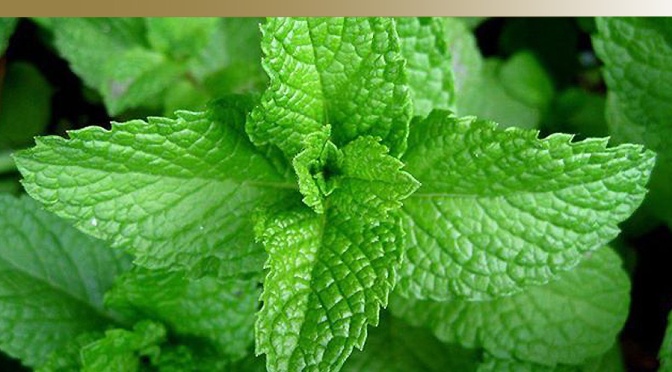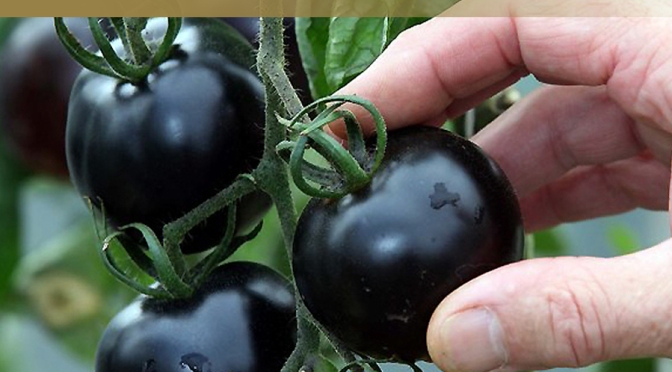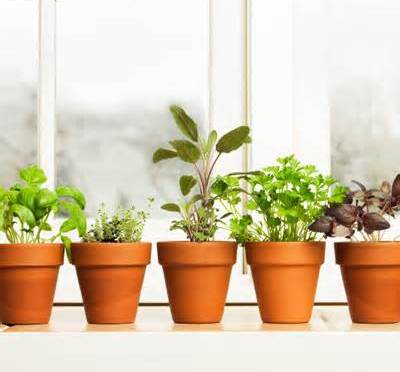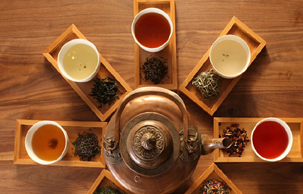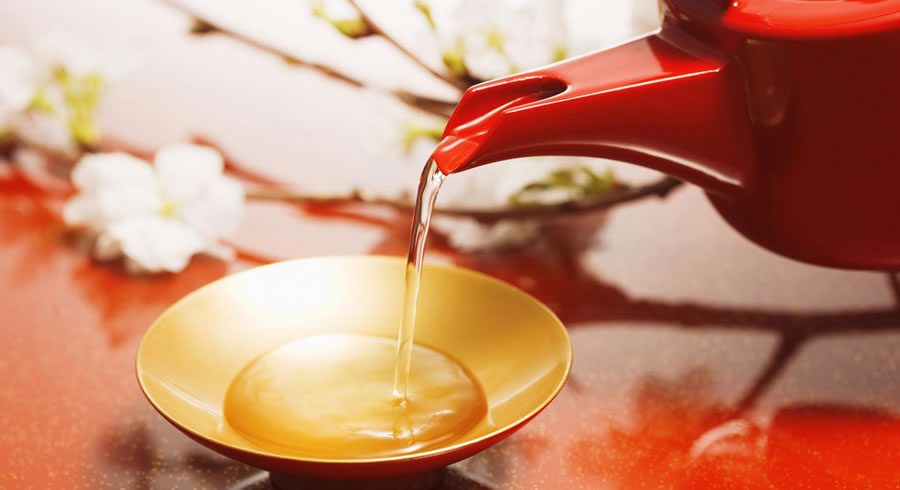
A Reblog | Published by Editorial Staff of MyHealthList.net | The magic stick of cinnamon can have astounding effects on human health. It is believed that in ancient times cinnamon was more expensive than gold. Its name has also been mentioned in the Bible. The well known herb is actually a bark of several trees from the genus Cinnamomum that is dried and then rolled into sticks called quills. The dried cinnamon barks are also grounded to make cinnamon powder. This small tree is mostly grown in Brazil, India, Sri Lanka, Vietnam, Indonesia, and Egypt. Found in it is an essential oil called cinnamonaldehyde, which gives it a magnificent taste and aroma.
There are 4 varieties of this spice; out of which two are the most popular ones, Ceylon cinnamon and Cassia cinnamon. Ceylon cinnamon is also known as true cinnamon; it has a sweet taste and is more expensive than Cassia cinnamon. You can find them in specialty stores. Its quills are soft enough to be grounded for coffee.
Cinnamon mostly found in North American supermarkets is Cassia cinnamon and is relatively cheap. It is dark in color and its quills are hard. It has been traditionally used in Chinese medicine and in Indian Ayurvedic medicines. Let’s find out why is it known as a natural medicine?
Cure for diabetes
Research has proved that cinnamon is beneficial for curing Type 2 Diabetes. The evidence was first revealed in the journal, “Diabetes Care” in the year 2003.
This study was conducted by US department of Agriculture, on 60 participants from Pakistan with type 2 Diabetes. Each participant was given 1 mg of cinnamon for 40 days. It was evident from the research that the blood sugar level, triglycerides and LDL cholesterol was significantly reduced. The beneficial after effects of the cinnamon persisted for 20 days even after stopping its use.
However it is highly recommended that patients taking prescribed medicines for cholesterol should not substitute them with cinnamon supplements.
Antibacterial and Antifungal Properties
Preliminary lab research and animal studies helped to find the antifungal and antibacterial properties of Cinnamon. This amazing spice helps to fight Candid albicans, a fungus that is known to cause yeast infection. The bacteria called Helicobacter pylori, is also curable with the help of cinnamon, responsible for causing stomach ulcers.

Some doctors claim that memory and performance of certain mental tasks can be improved just by smelling cinnamon
 Cinnamon as an anti-inflammatory spice
Cinnamon as an anti-inflammatory spice
Today the growing problem is increased intake of processed, fatty and fried foods that cause inflammation of internal organs and tissues, and further cause heart diseases. In a book called “Natural Health, Natural Medicine”, Andrew Weil claims cinnamon to be beneficial for decreasing inflammation of the artery walls that causes atherosclerosis and other heart diseases.
Rich source of Minerals and Dietary fibers
Cinnamon contains essential minerals such as manganese, iron and calcium. The perfect combination of fiber and calcium has proven to protect the colon cells from getting damaged by removing bile; as a result it prevents colon cancer.
Cures Constipation
The dietary fibers found in cinnamon have also been found helpful in curing IBS (irritable bowel syndrome) and constipation.
Improves Memory
Quiet unbelievable, but true! Some doctors claim that memory and performance of certain mental tasks can be improved just by smelling cinnamon. It is also beneficial in curing Alzheimer’s disease. Migraine and headaches can also be relieved with the use of cinnamon.
Cures Cough
Cinnamon has been used in Chinese medicine for a long time. It is a natural remedy for common cold and coughs. You can treat your sore throat by drinking a cup of cinnamon tea. Take a cup of water and add a cinnamon stick to it, bring it to a boil and remove the stick. Use this tea twice a day you will feel better within 3 days; otherwise consult a doctor.
For cough take a teaspoon of warm honey with a pinch of cinnamon powder in it. It will cure your cough in a few days.
Relieves Toothache
An easy home remedy for toothache lies in cinnamon. Make a paste of 5 teaspoon honey with 1 teaspoon of cinnamon powder and apply it to your aching teeth 2 to 3 times in a day. You can store this paste at room temperature in a container.
How can you use cinnamon?
Cinnamon can be added to a number of foods and cereals in powdered form. A small stick can be added to give flavor to the soups. Even an herbal tea made out of cinnamon can be taken once a day.
Cinnamon is also available in the form of capsules which helps in its consumption process.
Bloglink: http://myhealthlist.net/2013/02/cinnamon-a-natural-medicine/
Share this post with your friends.


